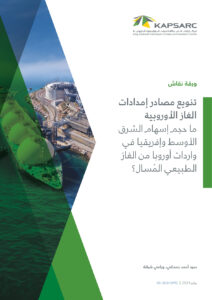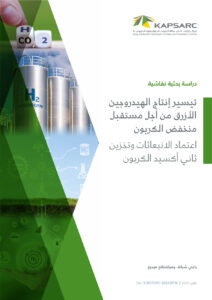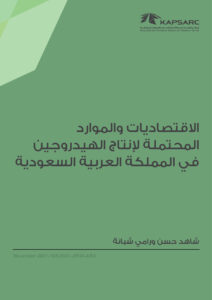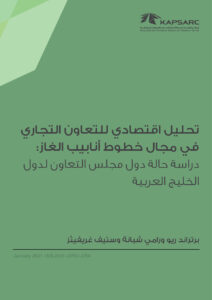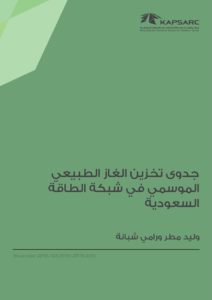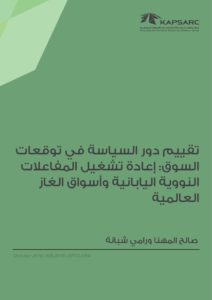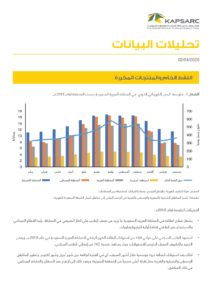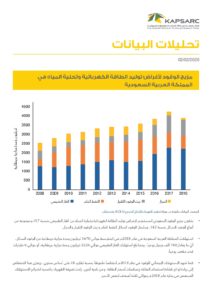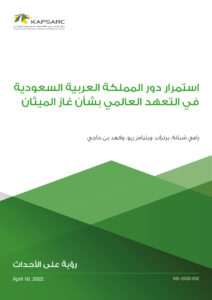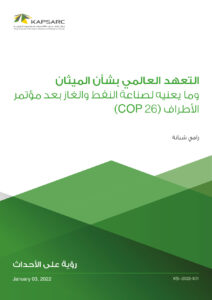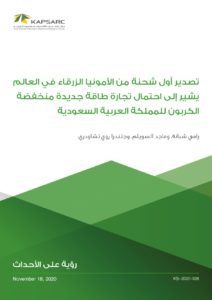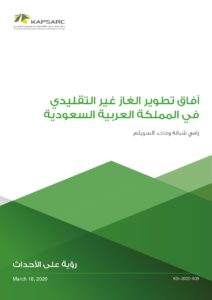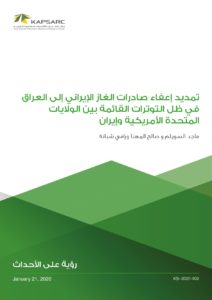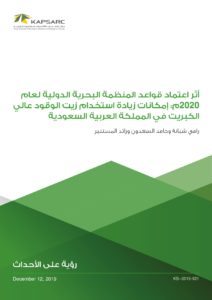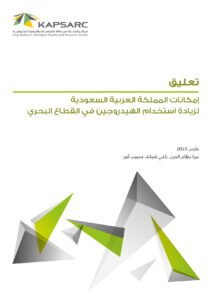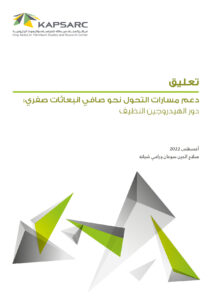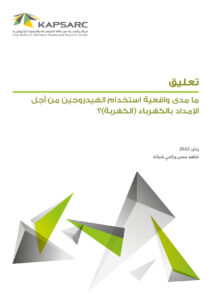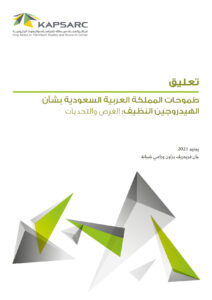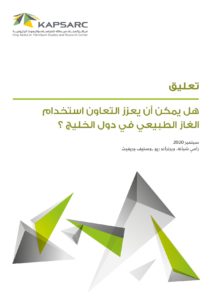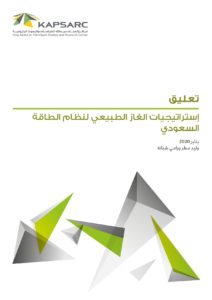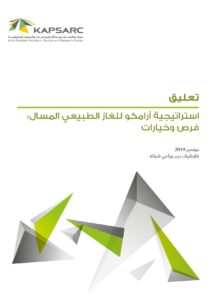رامي زميل أول في برنامج النفط والغاز، يركز على أسواق الغاز والهيدروجين العالمية، ويمتلك خبرة لما يقرب من 15 عامًا في البحوث والصناعات، حيث يحلل أسواق وسياسات الطاقة. عمل قبل انضمامه إلى كابسارك محللًا لأساسيات السوق في شركة كنوفس للطاقة، حيث قدم الدعم التحليلي بشأن قضايا محددة تؤثر على أسواق الغاز والغاز الطبيعي المسال والمكثف في أمريكا الشمالية، وكان عمله يتضمن إطلاع الشركة على إستراتيجيات الاحتراز. وقد كان قبل ذلك عضوًا أساسيًا لمدة ثلاث سنوات في فريق أبحاث الوقود والطاقة في المعهد الكندي لأبحاث الطاقة. وهو حاصل على درجة البكالوريوس في العلوم الاكتوارية، ودرجة الماجستير في تنمية الطاقة المستدامة من جامعة كالغاري.

The Clean Hydrogen Economy and Saudi Arabia
This book provides a first-of-its-kind analysis of the emerging global hydrogen economy from the vantage point of one of the world’s biggest energy providers: Saudi Arabia. In 2021, and within the context of the Circular Carbon Economy framework, Saudi Arabia announced its goal to reach net-zero carbon emissions by 2060 and produce a substantial amount of clean hydrogen annually by 2030. The Kingdom is optimally situated geographically between the major demand markets in Europe and North Asia, from where it can leverage clean hydrogen exports as a potential tool to become a player of strategic importance and successfully diversify its economy under its Vision 2030 program. More broadly, the book charts a course for fossil fuel-exporting countries such as Saudi Arabia to carve a competitive position for themselves over the forthcoming decades using clean hydrogen as a catalyst for the energy transition. Read Full Book Here
18th أبريل 2024

